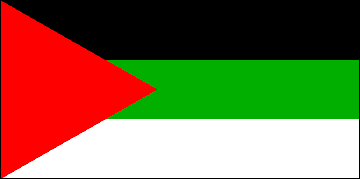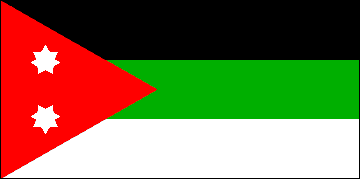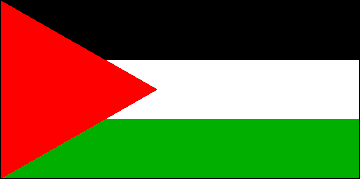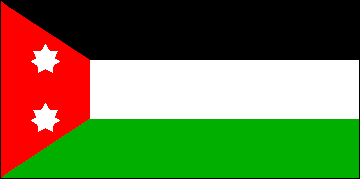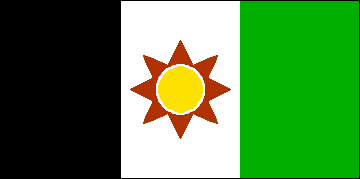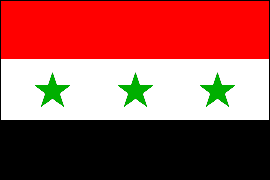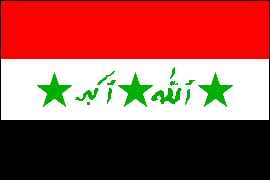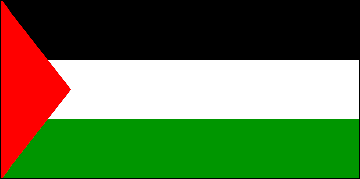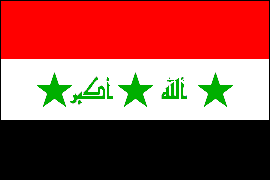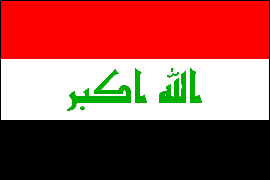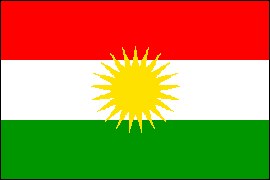THE NATIONAL FLAGS OF IRAQ
FROM 1920 TO THE PRESENT DAY
The national flags of Iraq reflect that country's troubled history from the time of the British Mandate to the fall of Saddam Hussein and his Baath Party regime in 2003.
The country now known as Iraq took shape in the years after the First World War, when the three Mesopotamian provinces (Mosul, Baghdad and Basra) of the defunct Ottoman Empire were grouped together as a League of Nations mandate territory under British control. The Mandate proved unpopular with the inhabitants of the three provinces, however, and in 1920 a revolt against the British broke out. Though it was soon put down, this revolt convinced the British government to change its policy, and the Mandate was transformed into a protectorate. The British decided that the new nation of Iraq should become a kingdom, and the crown was given to the Hashemite prince Amir Faisal, who became King Faisal I in 1921. In 1932, the Kingdom of Iraq was formally admitted to the League of Nations. This brought the protectorate to an end, though under the terms of the Anglo-Iraqi Treaty (signed in 1930) British influence remained paramount.
The Hashemite monarchy lasted until 1958, when King Faisal II was deposed and killed in a violent military coup. The Army officers responsible had decided that Iraq should become a republic, a change duly proclaimed that year. In reality, however, the July 1958 coup led to a series a of military dictatorships and coups that culminated with the emergence of Saddam Hussein as Iraq's unquestioned leader by 1979.
Throughout Iraq's history, tensions between the country's various ethnic, tribal and religious groups have simmered, frequently erupting into violence. Most of the governing elite was drawn from the Sunni Arab minority, with the Shia' majority largely excluded from power. The substantial Kurdish minority, mostly situated in northeast Iraq, has always viewed the Arab-dominated Baghdad government with suspicion. Even within the Sunni ruling group, there have been disputes, frequently sanguinary, between those who saw Iraq as part of the wider Arab nation and those who advocated the development of a distinctive Iraqi national identity. All these tensions have played a role in the evolution of the Iraqi national flag.
